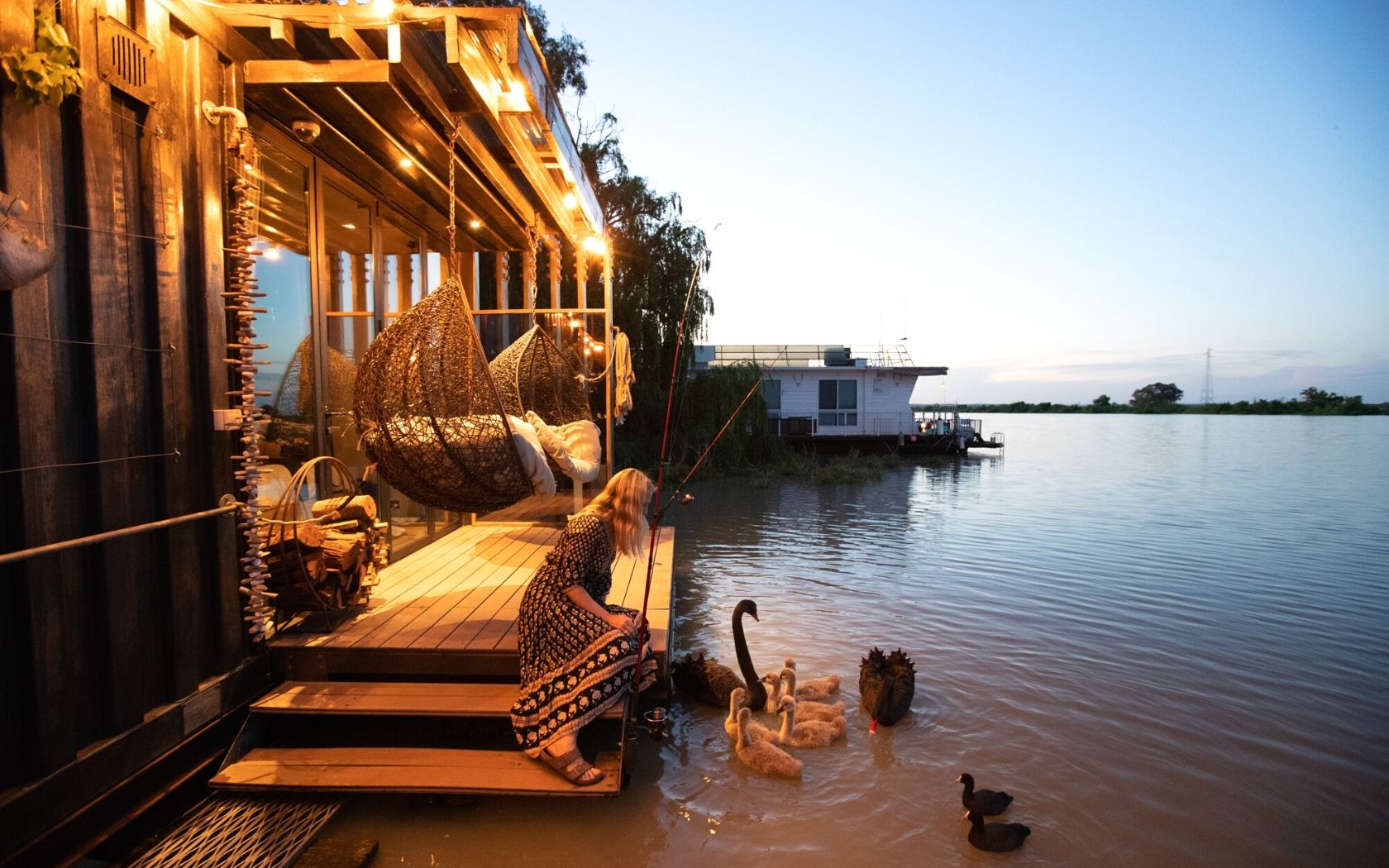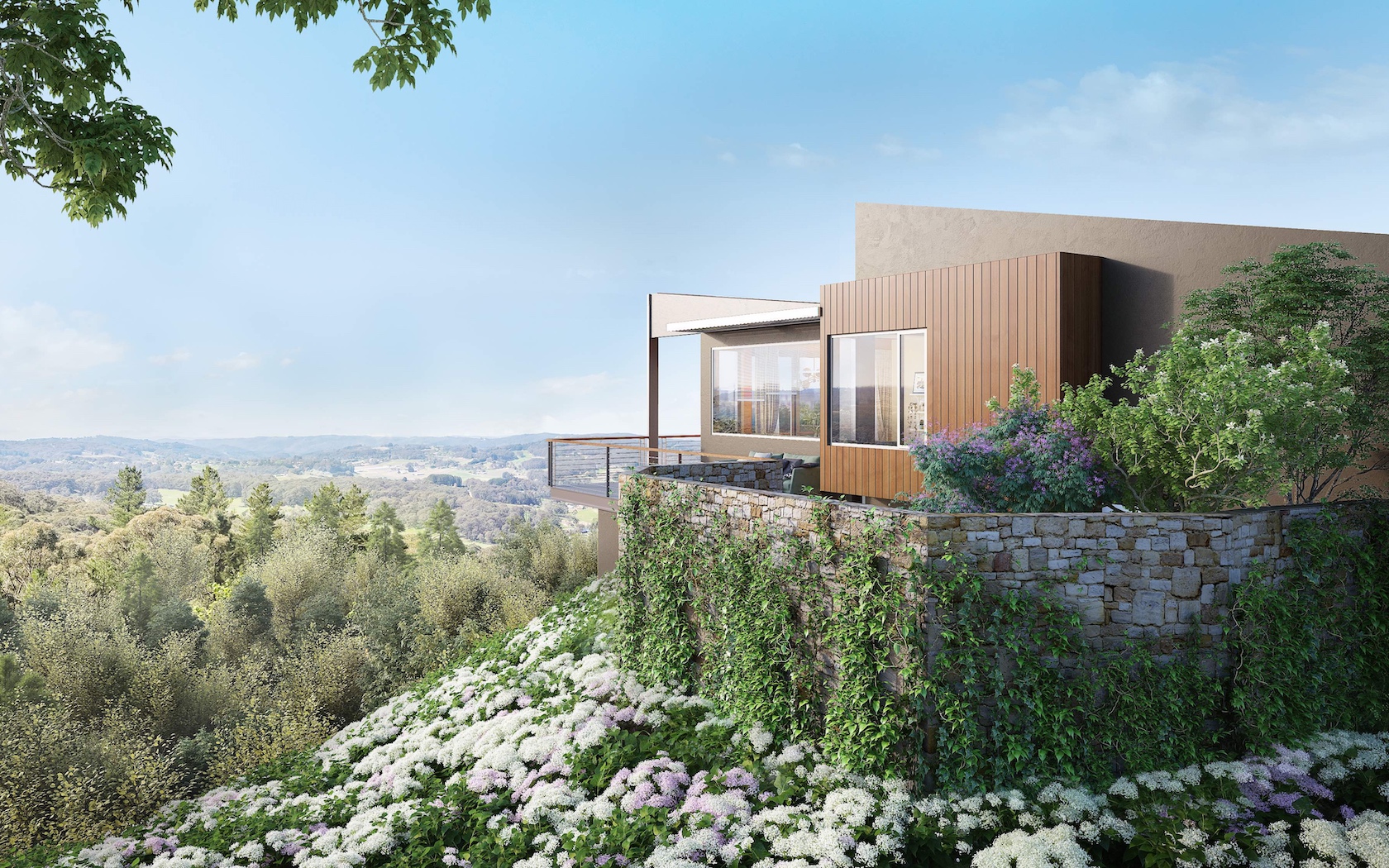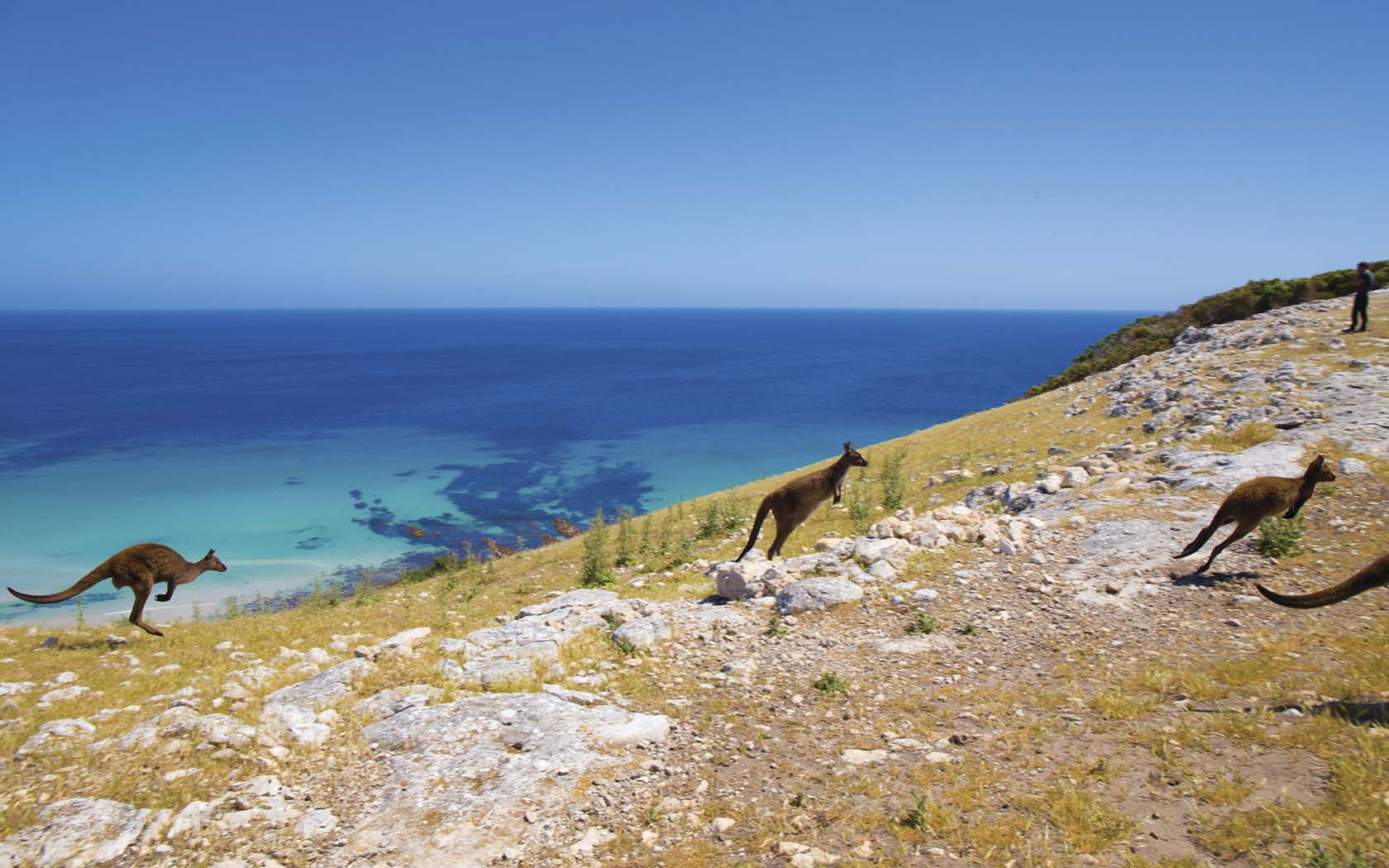Into The Wild: 5 Photographers Set Loose In SA
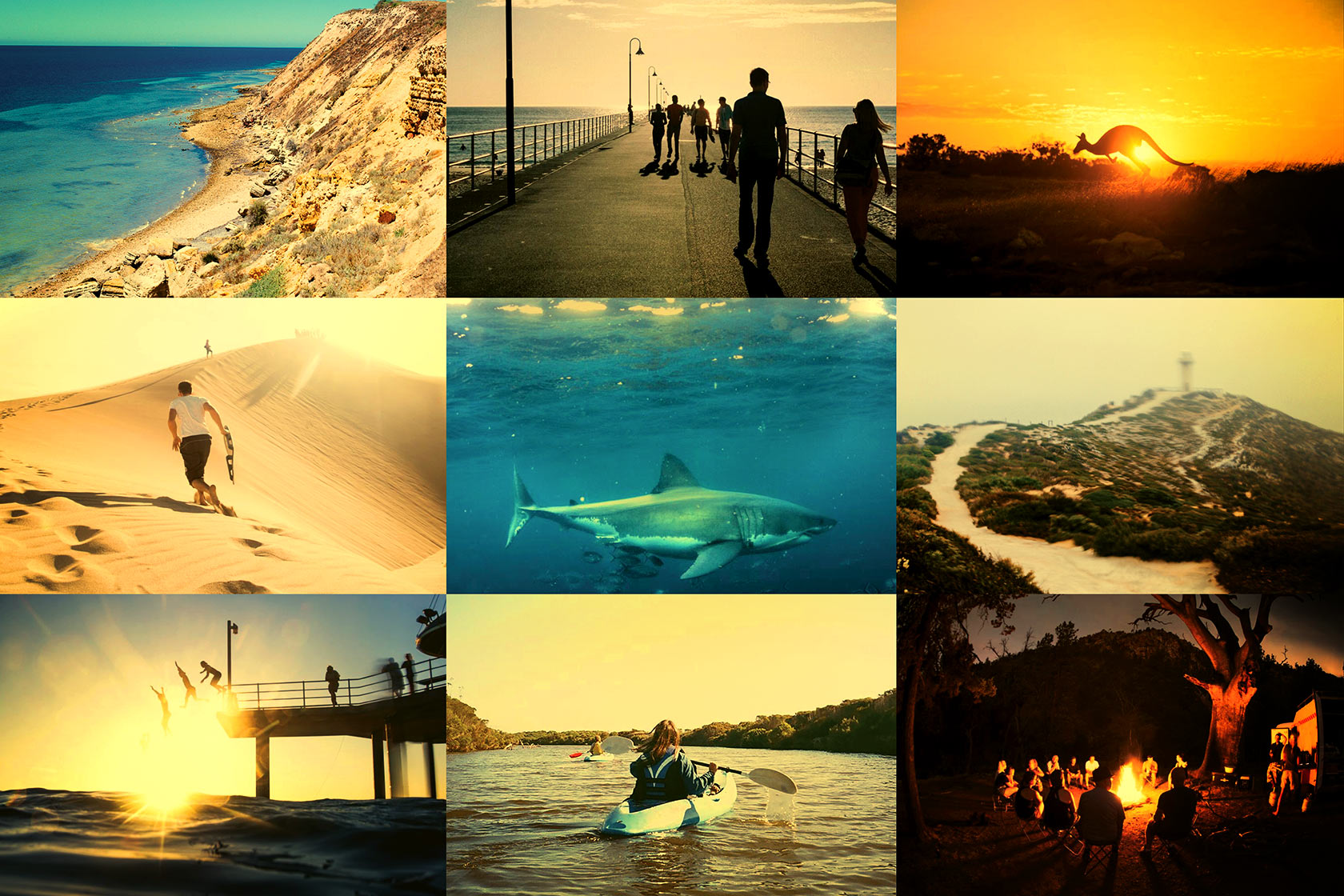
Join us at The Real South Australia as we explore, share, like and chat about the best holidays spots and places, attractions and events our state has to offer.
www.awol.com.au
Five awesome photographers; one wild, vast state. We teamed up with South Australia Tourism to send these bright young snappers out into the SA wilderness and capture what makes the state so special.
Mountain ranges, white sandy beaches, dusty plains, heart-achingly adorable wildlife: South Australia is a somewhere that you can get lost in an overwhelm of nature, and each of our adventurers came back with an extreme reverence for the place. Get comfy and read their stories below.
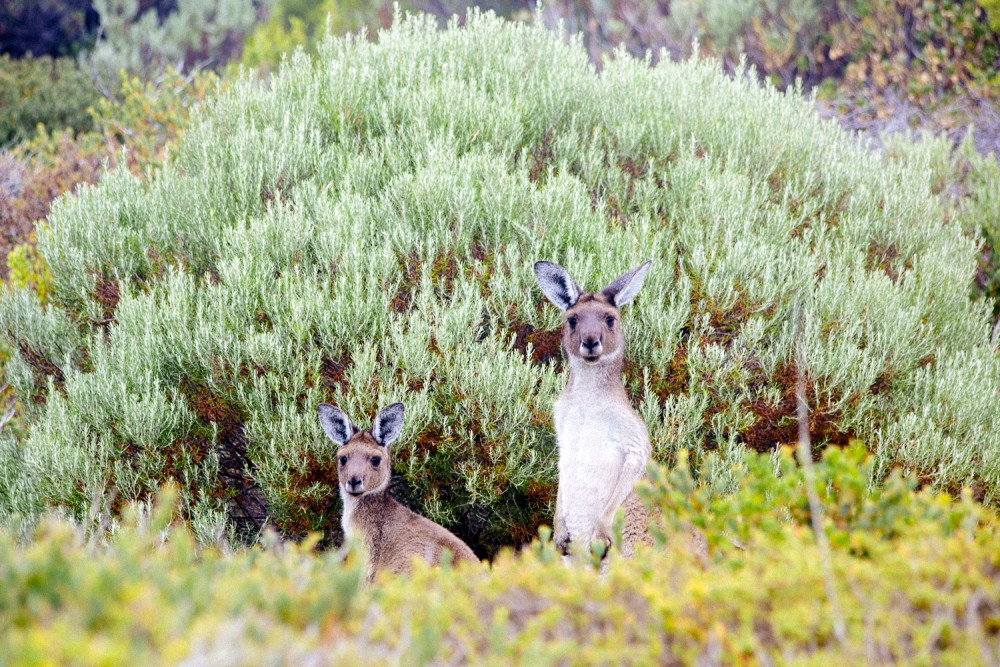
Che Parker
Glenelg, Yorke Peninsula, Spencer Gulf
The Landcruiser hooked around the top of the Gulf St Vincent and we motored south. The sun beat down as the broad cultivated expanses of the Yorke Peninsula unfolded before us and from the window I thought to myself: “This is blonde country.”
This tendency of envisioning landscapes not so much as an assortment of features but as a palette was born from family trips at a young age through the “red dirt” of Australia’s spinifex scattered north-west desert-scapes. Up there the consistency – the uniformity – of the colours made a lasting impression; contrasting so deeply with the cluttered sprawl of home back in the city.
Down here, on the Yorke Peninsula in the height of summer, the land was golden. The gently rolling paddocks – sown with wheat and barley – were freshly harvested only the stubble of grain-stalks remained, static against the wind. Dotted sparsely throughout these bleached panoramas were the ruins of farmhouses and sheds – great blocks of local limestone – and as we rumbled down the roadways made of that same soft stone, a great plume of yellow-white dust trailed out behind us.
These chalky tracks would often-as-not lead to secluded coves and long beaches buttressed in by great cliffs cut away by a rolling Southern Ocean. As much a feature of any stretch of the peninsula’s striking coastlines, it was at the Innes National Park where these vistas were at their zenith.
There, watching grazing grey kangaroos and ever-vigilant emu fathers attending to their sprightly broods, it occurred to me that the York Peninsula was a bottle blonde; that before settlement and clearing, the rich limestone soils would have been coated in the assorted grey-greens of dense coastal heath, acacia scrub, and Samphire wetlands.
Back in Adelaide, every local I told where I’d just been was heavy with emotion: nostalgia for family holidays, fishing trips and youth-fuelled surf missions; pride in the place’s sparse, rugged beauty; and a gratification that I’d visited, that I’d enjoyed the peninsula, tempered only by a lament that it had been far too long since they themselves had made the short drive. A pretty standard affair, really, that our long gaze should come to overlook what’s right there.

Sarah Pannell
McLaren Vale/Barossa Valley/Fleurieu Peninsula
After leaving Adelaide proper and slipping past road signs for the Fleurieu Peninsula, it didn’t take long to be guided by the rolling green hills of McLaren Vale on one side and open coastline on the other as I made my way south for the historical town of Port Elliot.
After getting up at dawn on day three to swim with bottle-nose dolphins in the wild (something I never thought I’d do), I had the afternoon set aside to drive to Port Elliot along the ‘Fleurieu Way’. Rather than take the direct, inland route to Victor Harbour, I chose to skirt the coastline making various stops along the way if I found an interesting view of the sea and surrounding mountains.
Following a sign for the Myponga Reservoir, I took a local road that wound the car through lush countryside, past farmland and forests, with flashes of sea flicking lazily in and out of view.
A tip off from a local friend took me up to Cape Jervis’ Second Valley beach, known for its unique cliff-tops and rock formations. Further friendly advice had me exiting the jetty and shimmying around the edge of the rocky cliffs to find beautiful, hidden swimming holes. The water was perfect after hours in the car; I know it’s a spot I’ll return to.
By this point the sky had drawn over but was still beautiful as I approached Port Elliot in the late afternoon. The turquoise colour of Horseshoe Bay was a surprise, with its cross-shaped jetty perched over the water. Even on this cloudy afternoon with heavy rains on the way, I was struck by the effortless beauty of the place.
[media_embed]https://youtu.be/KuxP1mE4gsc[/media_embed]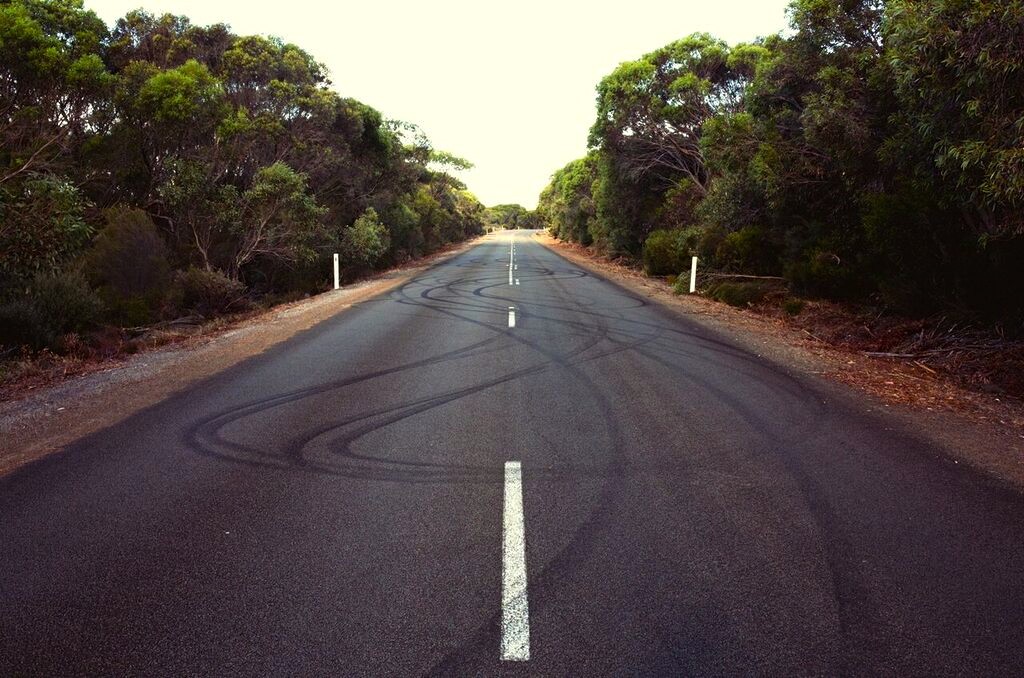
Luke Cameron Byrne
Adelaide, Kangaroo Island, Penneshaw, Emu Bay
Growing up in country South Australia, Adelaide was the big smoke; the city. We’d leave early in the morning on a three-hour drive to spend school holidays by the beach. As time went by and I travelled more, to bigger and busier cities, the shine of Adelaide began to dull. Having lived interstate for many years now, this trip let me see Adelaide with fresh eyes again.
Adelaide is alive with an abundance of boutique bars and cafes now, in and around the city; try breakfast at The Loose Caboose, followed by a morning stroll through the amazing botanical gardens and art gallery, lunch at the world-famous Adelaide Central Markets and a sunset drink at Pink Moon Saloon.
Kangaroo Island (or “KI” if you can speak local) is an amazing, one-of-a-kind, place to visit. Sitting just 112 kilometres southwest of Adelaide, it’s actually Australia’s third largest island (behind Tasmania and Melville Island) and it’s overflowing with antipodean wildlife, and home to a few of the best beaches I’ve ever seen.
Visiting the remote Western River Cove on the north side of the island was special. It has the kind of crystal-clear water and pristine white sand that looks like something straight out of a ’70s calendar you’d find in a dentist’s waiting room. There’s a campground right next to the beach so you can set up shop for the week and forget your troubles. But the biggest highlight of the trip had to be swimming with dolphins – a true bucket list moment. Being in such close proximity to these guys while they hang out in their natural environment is probably the only time in your life you can comfortably use the word majestic. It won’t be something I’ll forget anytime soon.
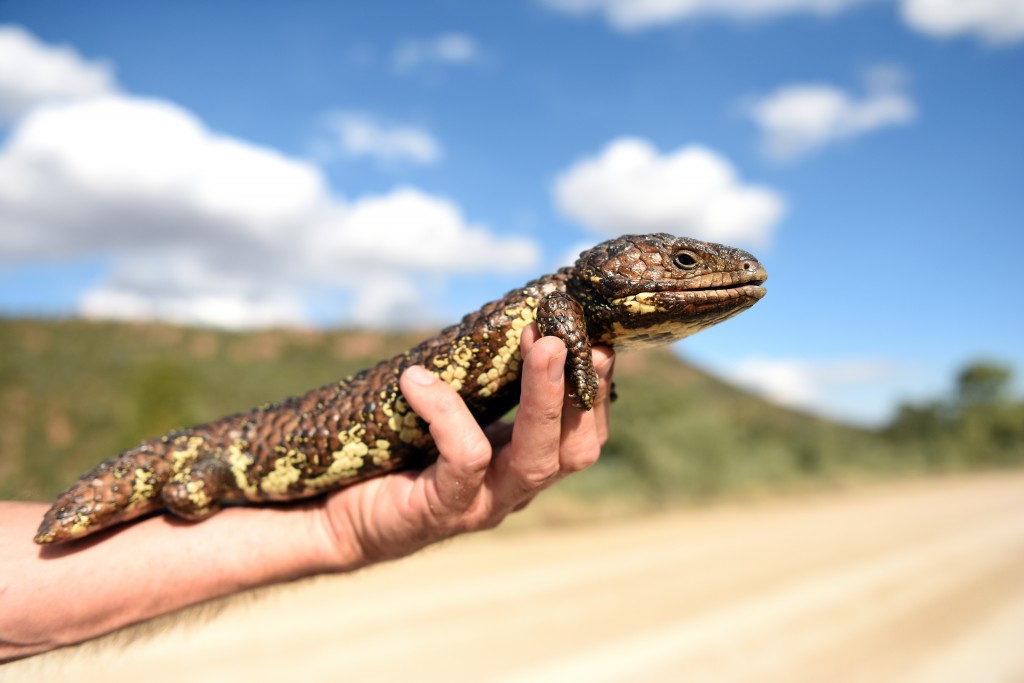
Isabella Moore
Flinders Ranges, Arkaroola, Beltana Homestead
It feels like Flinders Ranges blood through my veins now. I’ve never fallen so deeply for a place, and the core of my swoon was the endless change: mainly in landscape and weather. Many times over, I was surprised that I could have seen anything more beautiful than what I’d just seen.
The Flinders set the bar high, and it didn’t even have to try very hard. The rock wallabies, looping around the caves and ledges for shelter, favouring the north-facing sun-spots, were so perfectly accustomed to their surroundings that you’d never see them until they scampered past. The sleepy lizards, unafraid and unimpressed by our footfalls, slid along the dry desert floor with flicking tongues. Driving alongside an emu in motion – both of us listening to Manu Chau on the radio (him, a prisoner to my music taste) – is the kind of memory you tuck away for a long time.
So much of the trip was watching ever-changing landscapes – we covered more than 1500 kilometres in five days – but the magic was in the animals. Eagles, kangaroos, lizards, emus, camels and sheep, all wandering up to the highway’s edge. And one early morning before sunrise, we made our way to a pen at the Beltana Station to meet some camels: Ben, Annabel and Gypsy.
Driving into Arkaroola was like arriving to an arid desert that Pink Floyd would have designed with creative genius and careful planning: the hills are a stunning range of orange and green. The Ridge Top tour was bumpier than a pregnant lady with triplets. As we traversed down the steepest hill we’d ever seen, the custom made 4WD’s tyres sketchily gripped the rocky terrain. We had just a seat belt and a will to live.
Nick Green And The Killer Koala
https://youtu.be/5Ex8_tBp9U4
www.awol.com.au






























